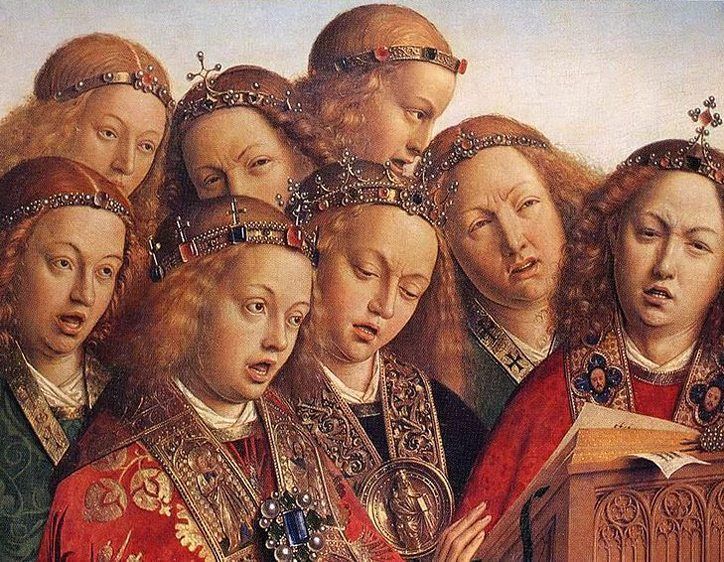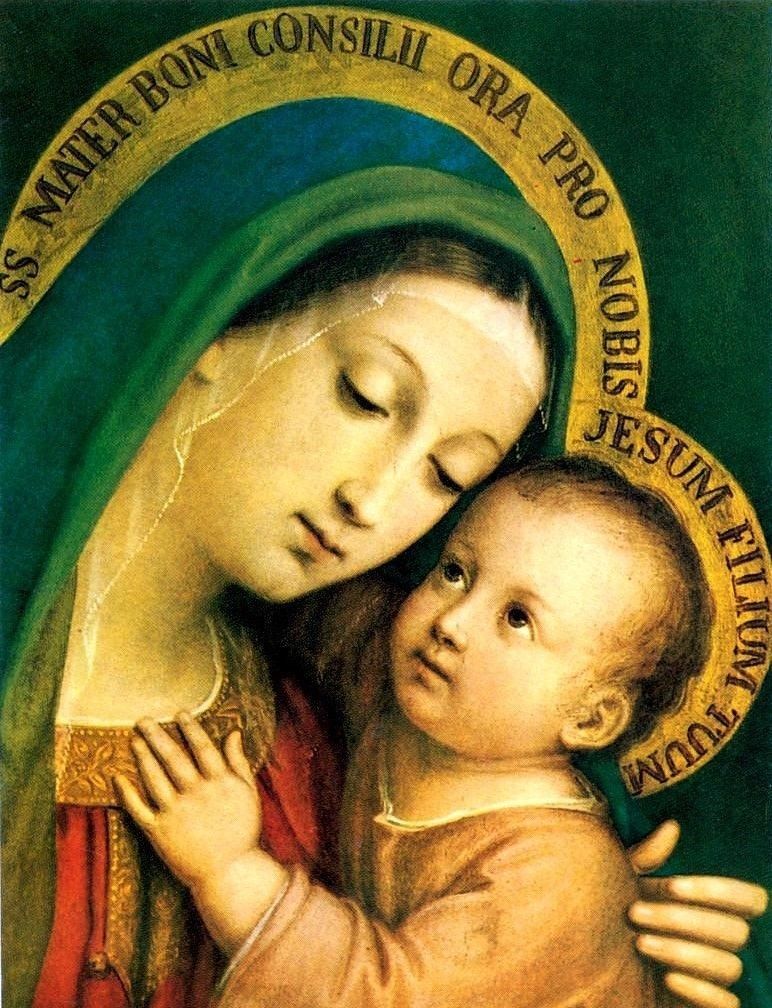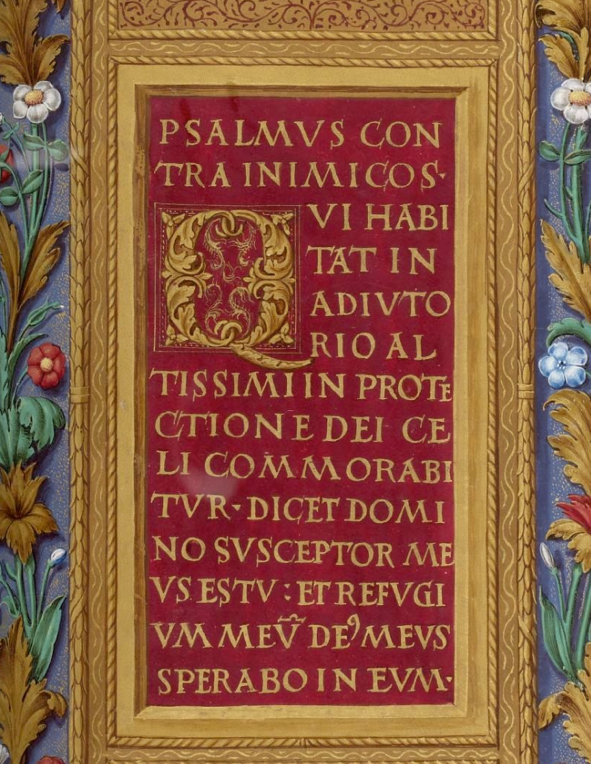Sacred Music
"The musical tradition of the universal Church is a treasure of inestimable value, greater even than that of any other art. The main reason for this pre-eminence is that, as sacred song united to the words, it forms a necessary or integral part of the solemn liturgy."
The Second Vatican Council, Sacrosanctum Concilium #112, December 4th, 1963.
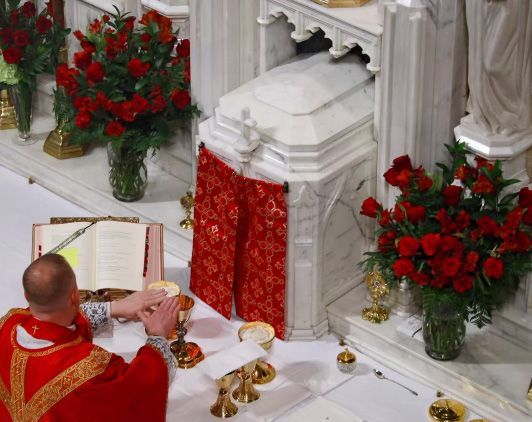
“The Liturgy is inherently linked to beauty: it is veritatis splendor...Beauty, then, is not mere decoration, but rather an essential element of the liturgical action, since it is an attribute of God Himself and His revelation.”
Pope Benedict XVI, Sacramentum Caritatis
“If beauty is a compelling need in the liturgy, then we must choose the most beautiful music possible.”
Dr. William Mahrt, Church Music Association of America, President 2005-2025
Our Lady of Grace Choirs
Our purpose is to adorn and support the sacred liturgy in the cultivation of sacred choral music through weekly chant and polyphony, including motets and the Mass Ordinary.
By audition.
- Parish Choir - Sings at the 11:30 AM Mass on Sundays.
- Schola Cantorum - Sings at the 1:30 PM Mass on Sundays.
- Spanish Choir - Sings at the 5:00 PM Spanish Mass on Sundays.
- Family Choir - Sings 2nd and 4th Sundays at the 8:30 AM Mass. Parents with children welcome.
- Teen & Young Adult Vespers Choir- Sings occasionally for Solemn Vespers.
For more information contact the Director of Sacred Music at liturgy@olgchurch.org.
"Sacred music, being a complementary part of the solemn liturgy, participates in the general scope of the liturgy, which is the glory of God and the sanctification and edification of the faithful."
Tra le Sollicitudini, Papal Encyclical, Pope Pius X
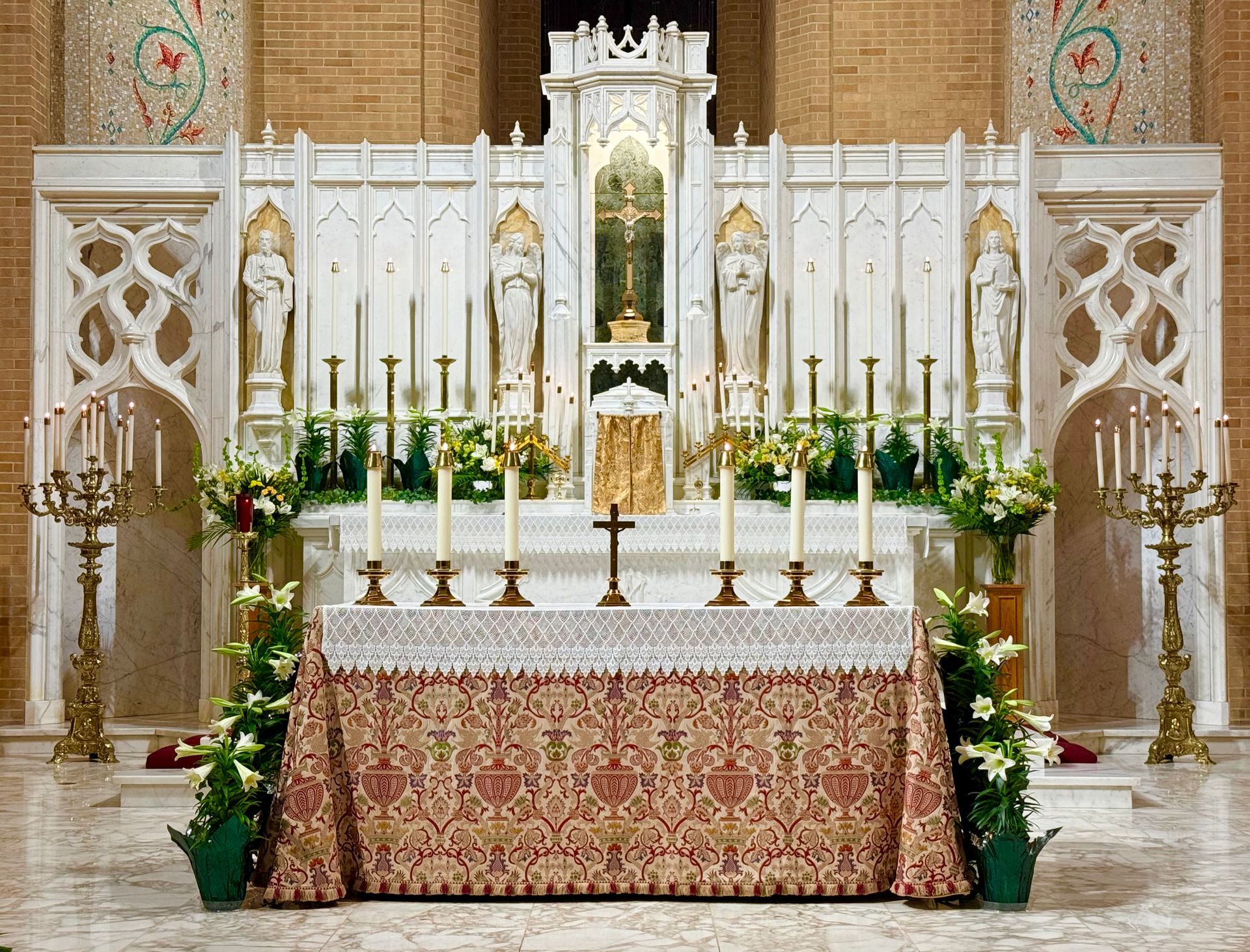
Musicam Sacram: Second Vatican Council Document on Sacred Music
Sacrosanctum Concilium: Constitution on the Sacred Liturgy
Tra le Sollicitudini: Papal Encyclical, Pope Pius X
Chirograph of the Cententary of the Moto Proprio Tra le Sollicitudini
Music Samples from Various Liturgies at Our Lady of Grace
(These are not professional recordings)
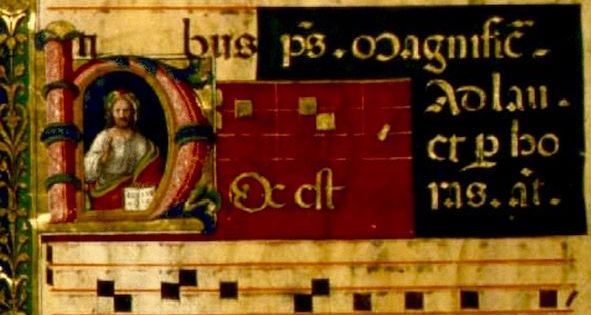
O Salutaris Hostia, Josquin de Prez
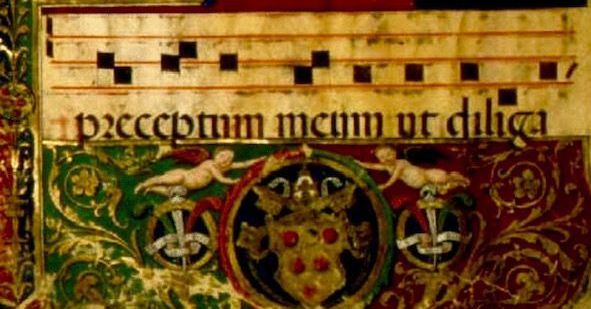
Tantum Ergo, St. Michael Hymnal
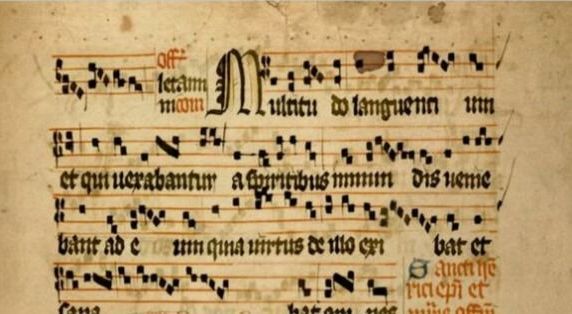
Auctor Beatae Saeculi Chant

Hostis Herodes Chant

Magnificat, Thomas Savoy

Ubi Caritas, Ola Gjeilo

Crying, Jarred Tafaro

O Vos Omnes, Thomas Luis de Victoria
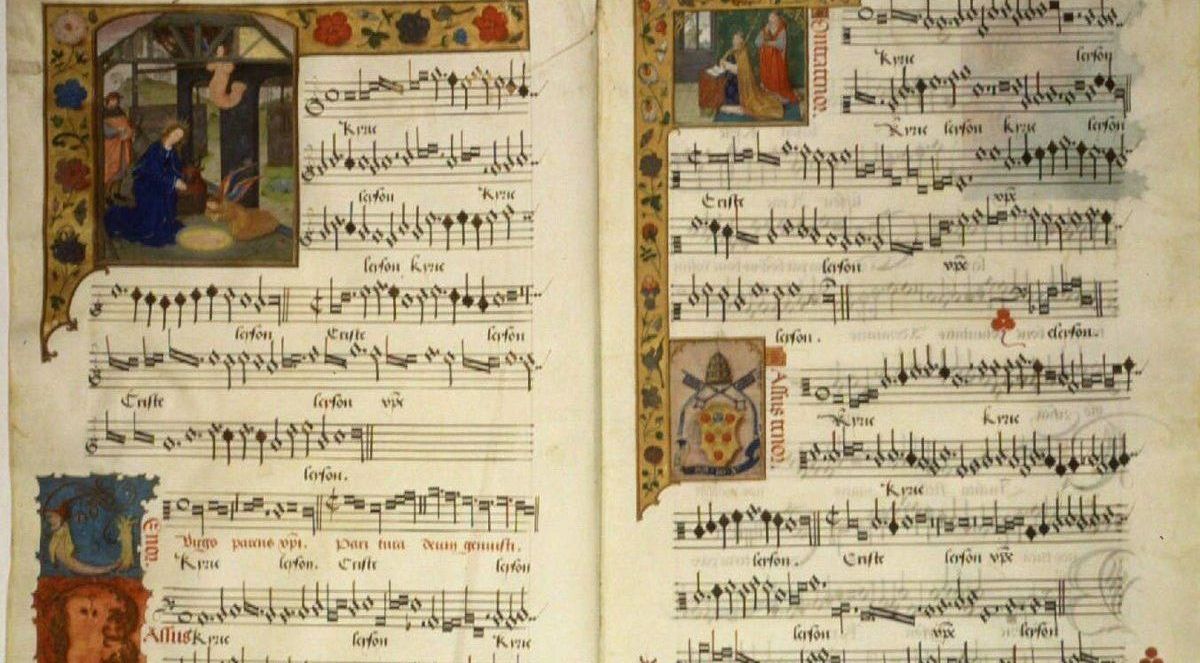
Veni Creator Spiritus Chant

Ave Maris Stella Chant
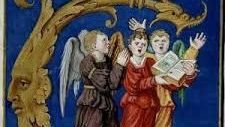
Kyrie Missa Brevis, Palestrina
Gloria Monteverdi

Angus Dei II Missa Brevis, Palestrina
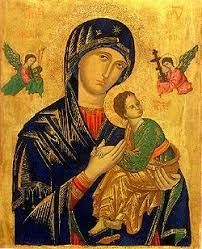
Ave Maria, Jaques Arcadelt
Lully Lulla Lullay, Philip Stopford
Most Commonly Used Chant Settings for the Ordinary of the Mass
Missa de Angelis - Kyrie
Missa de Angelis - Gloria
Missa de Angelis - Sanctus
Missa de Angelis - Angus Dei
Orbis Factor - Kyrie
Orbis Factor - Gloria
Orbis Factor - Sanctus
Orbis Factor - Angus Dei
Cum Jubilo - Kyrie
Cum Jubilo - Gloria
Cum Jubilo - Sanctus
Cum Jubilo - Angus Dei
The Four Great Seasonal Marian Antiphons from the Divine Office of Compline
(Customarily Sung at the End of Mass)
Regina Coeli - Sung during Eastertide
Salve Regina - Sung during the Season of Pentecost
Alma Redemptoris Mater - Sung during the Seasons of Advent & Christmastide
Ave Regina Caelorum - Sung during the Season of Lent
"Gregorian Chant, which is, consequently the Chant proper to the Roman Church, the only chant she has inherited from the ancient fathers, which she has jealously guarded for centuries in her liturgical codices, which she directly proposes to the faithful as her own, which she prescribes exclusively for some parts of the liturgy, and which the most recent studies have so happily restored to their integrity and purity. On these grounds Gregorian Chant has always been regarded as the supreme model for sacred music, so that it is fully legitimate to lay down the following rule: the more closely a composition for church approaches in its movement, inspiration and savor the Gregorian form, the more sacred and liturgical it becomes; and the more out of harmony it is with that supreme model, the less worthy it is of the temple. The ancient traditional Gregorian Chant must, therefore, in a large measure be restored to the functions of public worship, and the fact must be accepted by all that an ecclesiastical function loses none of its solemnity when accompanied by this music alone. Special efforts are to be made to restore the use of the Gregorian Chant by the people, so that the faithful may again take a more active part in the ecclesiastical offices, as was the case in ancient times."
Pope Saint Pius X, Tra le Sollecitudini, November 22, 1903
"It must be holy. It must not allow within itself anything that savors of the profane nor allow any such thing to slip into the melodies in which it is expressed. The Gregorian chant which has been used in the Church over the course of so many centuries, and which may be called, as it were, its patrimony, is gloriously outstanding for this holiness."
Venerable Pope Pius XII, Musicae Sacrae #42, December 25, 1955
